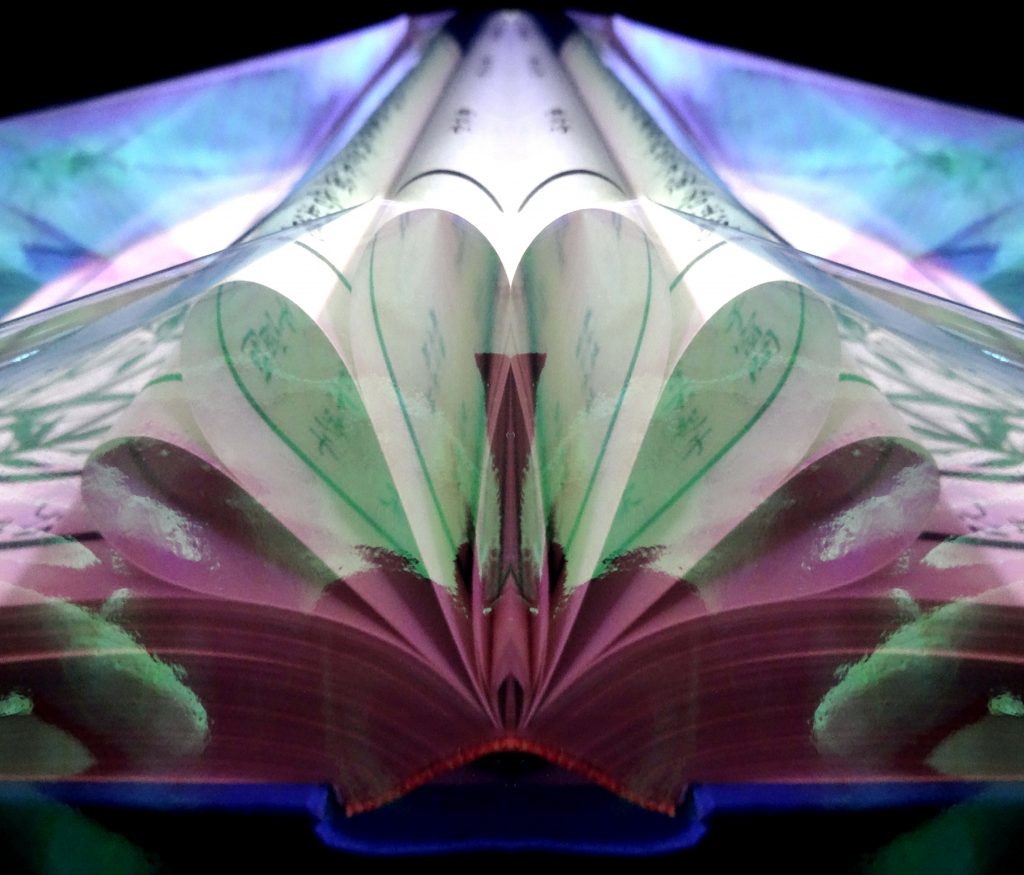In March 2020, an art exhibit titled “Bamboo & Haiku” was supposed to open in the Vargas Gallery at Mission College. According to the exhibit’s curator, Dotti Cichon, sheltering in place during the onset of the pandemic conflicted with plans for the exhibit opening. So, the live exhibit did not open.
This exhibit can now be viewed virtually online at missioncollegegallerybamboo.weebly.com.
“All the work in the exhibition was either of bamboo, on bamboo, made using bamboo or about bamboo,” said Cichon, an artist who showed her work in the exhibit. “The artists participating came from a variety of places, including San Francisco and the Peninsula, Soquel, which is a suburb of Santa Cruz, Arkansas and Finland.”
Included in the exhibit was artist Maria Sky’s “Bamboo Plant Stand – Repurposed,” made of weathered bamboo and used coffee filters set on four panels, with the last panel channeling the look of wind chimes.
“I bought a bamboo plant stand, and I converted it to a little table,” Sky said. “Later, I converted it back to a plant stand, which is what it was designed for. The plant stand got weathered and old looking. I decided to convert it to an art piece. A few summers ago, I took it apart. I started putting used coffee filters around it so they look like flowers.”
Artist Charles Stinson constructed the sculptures for this exhibit from bamboo he grew in his San Francisco garden.
“The piece ‘8390 Cubic Centimeter Sample of a Bamboo Grove’ was first shown in the ‘littleSCULPTURE’ exhibition of the International Sculpture Conference in Phoenix, Arizona,” Stinson said. “That exhibition restricted pieces to no more than eight inches by eight inches by eight inches. This piece depicts a sample of that size from a bamboo growth.”
Acknowledging how some people in this country have viewed bamboo as merely an ornamental plant, Stinson explained the relevance of bamboo.
“Worldwide, bamboo is an important plant and a much more quickly renewable resource than harvesting of trees,” Stinson said. “The mature plant is used for building; the young shoots are used for food; its fiber is used to make cloth and paper. In the last five to ten years in this country, there has been a growing recognition of its importance. You see bamboo now in flooring, kitchen utensils and even clothing. The cloth made from bamboo is a semi-synthetic, similar to rayon, which is made from cotton.”
Back in 2020, Cichon and her team set up an installation at Vargas Gallery with the intention to allow visitors to write haiku on Post-It notes cut in the shape of bamboo leaves.
“Haiku is three lines of poetry with five syllables in the first line, then seven syllables in the next line, then five syllables in the last line,” Cichon said. “One of the artists, Nelly Capra, is also a poet.”
In the spirit of the exhibit, Capra shared a haiku: “Leaves, stems, stalks, roots, shoots/ What can you do with bamboo?/ The sky’s the limit!”
